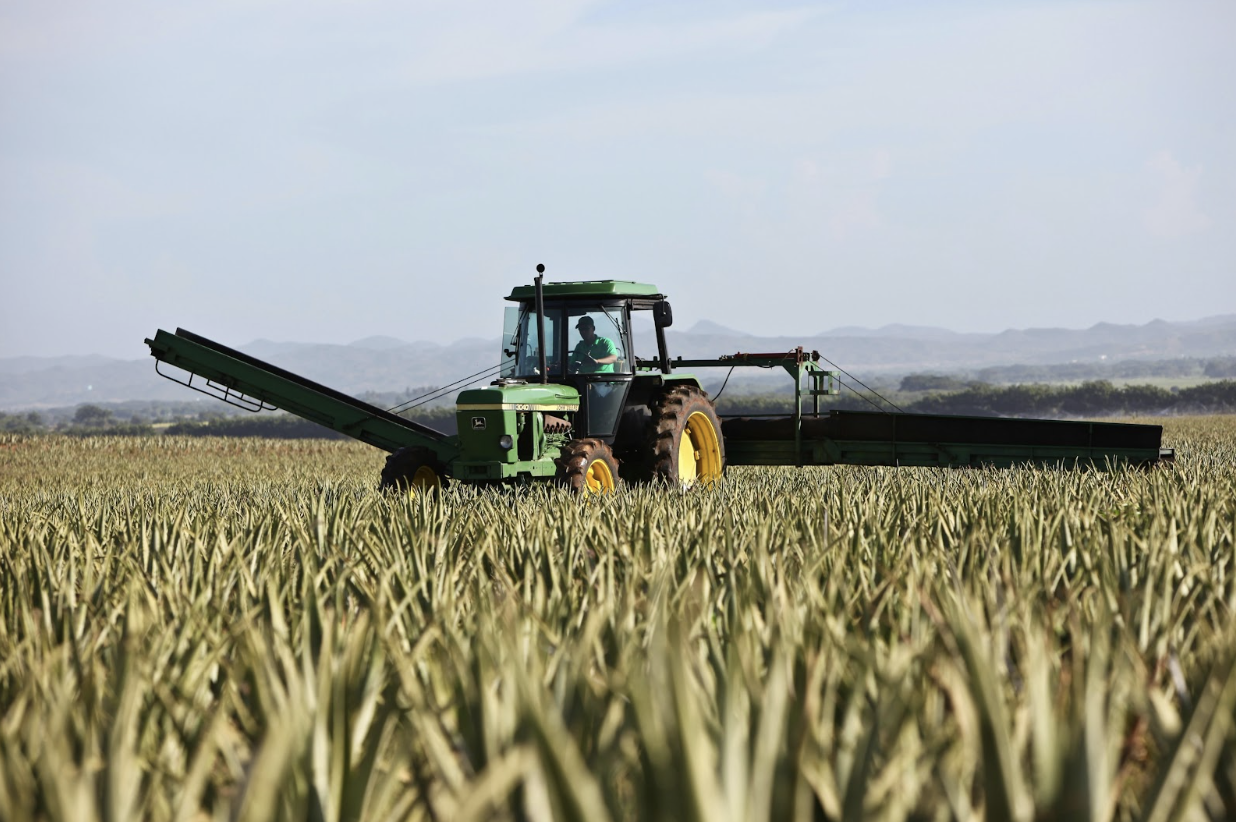
Combine Header Types & Must-Know Maintenance Tips
A combine header with well maintained parts on it makes all the difference in productivity. If you’re unsure where to start, don’t worry—RangeLine is here to guide you!
Below, we’ll walk through the different combine header types and key replacement parts and how to keep them in top shape throughout the season! READ MORE.
Types of Combine Headers
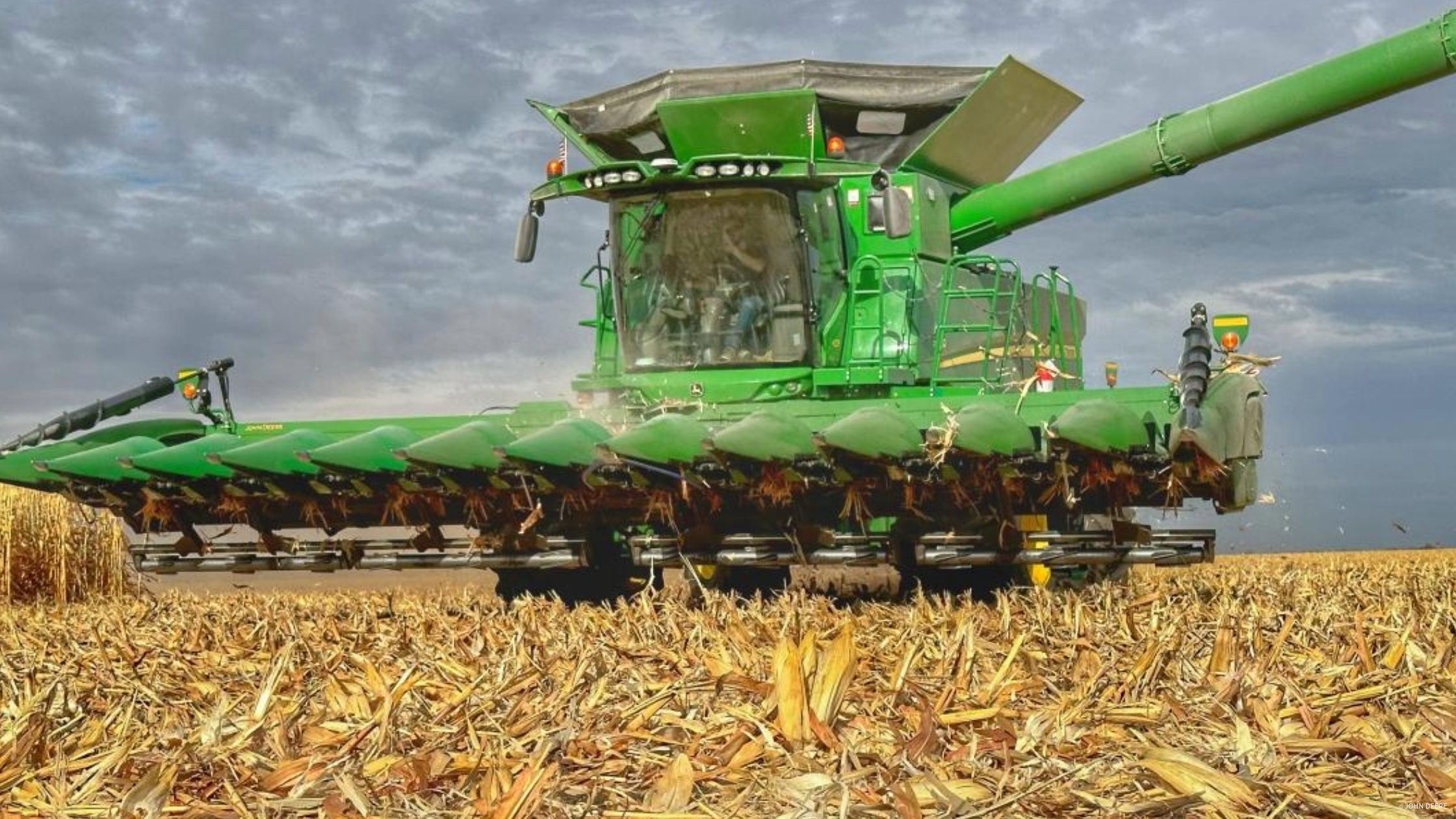
Cornhead
Cornheads, as the name suggests, are specifically used for harvesting corn. The pointed cones fit between the rows, while gathering chains pull the stalks into the machine for cutting.
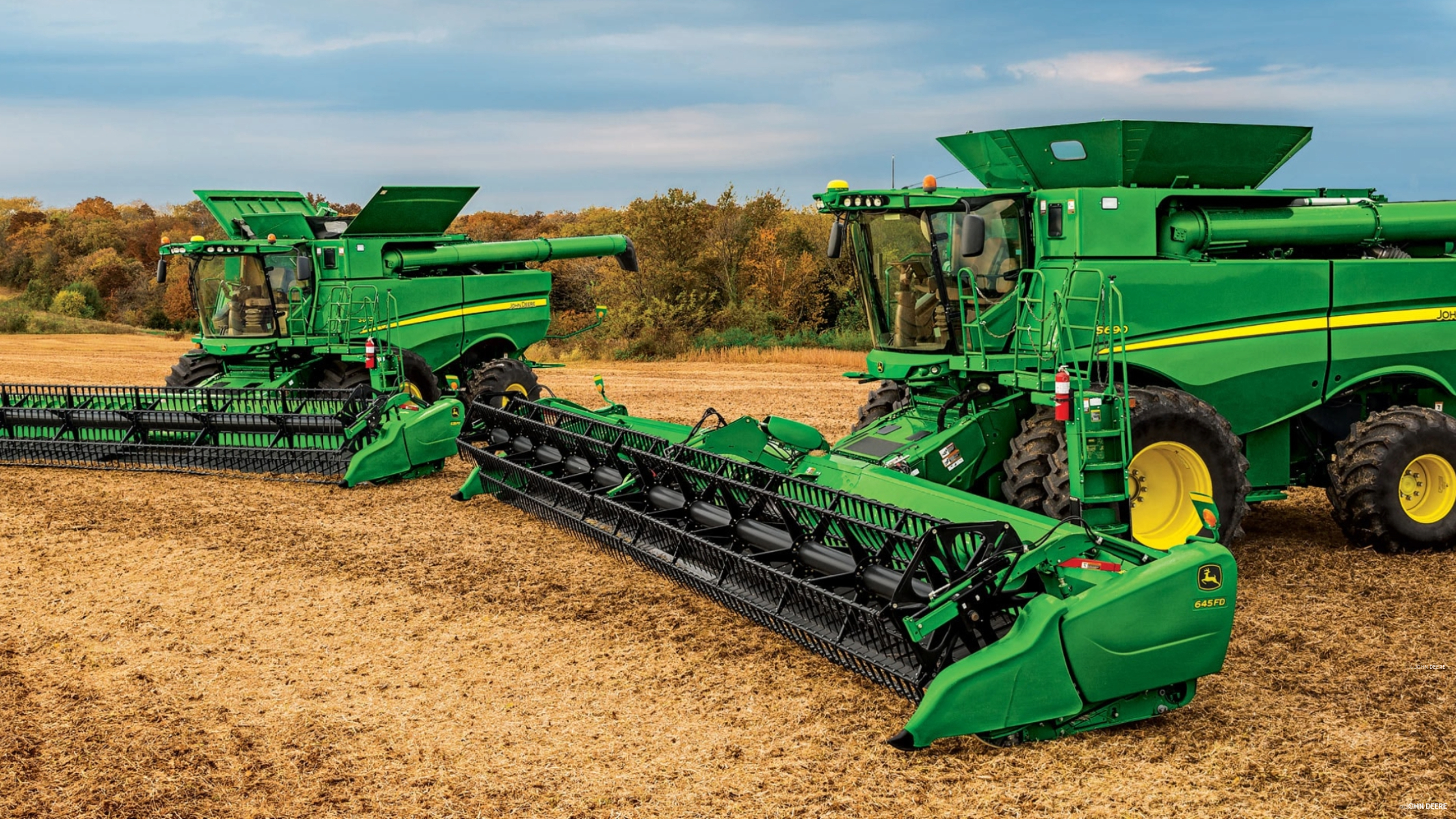
Grainhead- Draper Style
Draper heads are designed to cut and gather wheat, barley, and other grain crops which fall back into the header. The draper style uses a rubber draper belt to move the grain from the sickle bar into the combine. The draper head has a more consistent feed rate than the auger style, which can increase your capacity.
Also works with: Wheat, barley, Soybeans, pinto beans, and canola
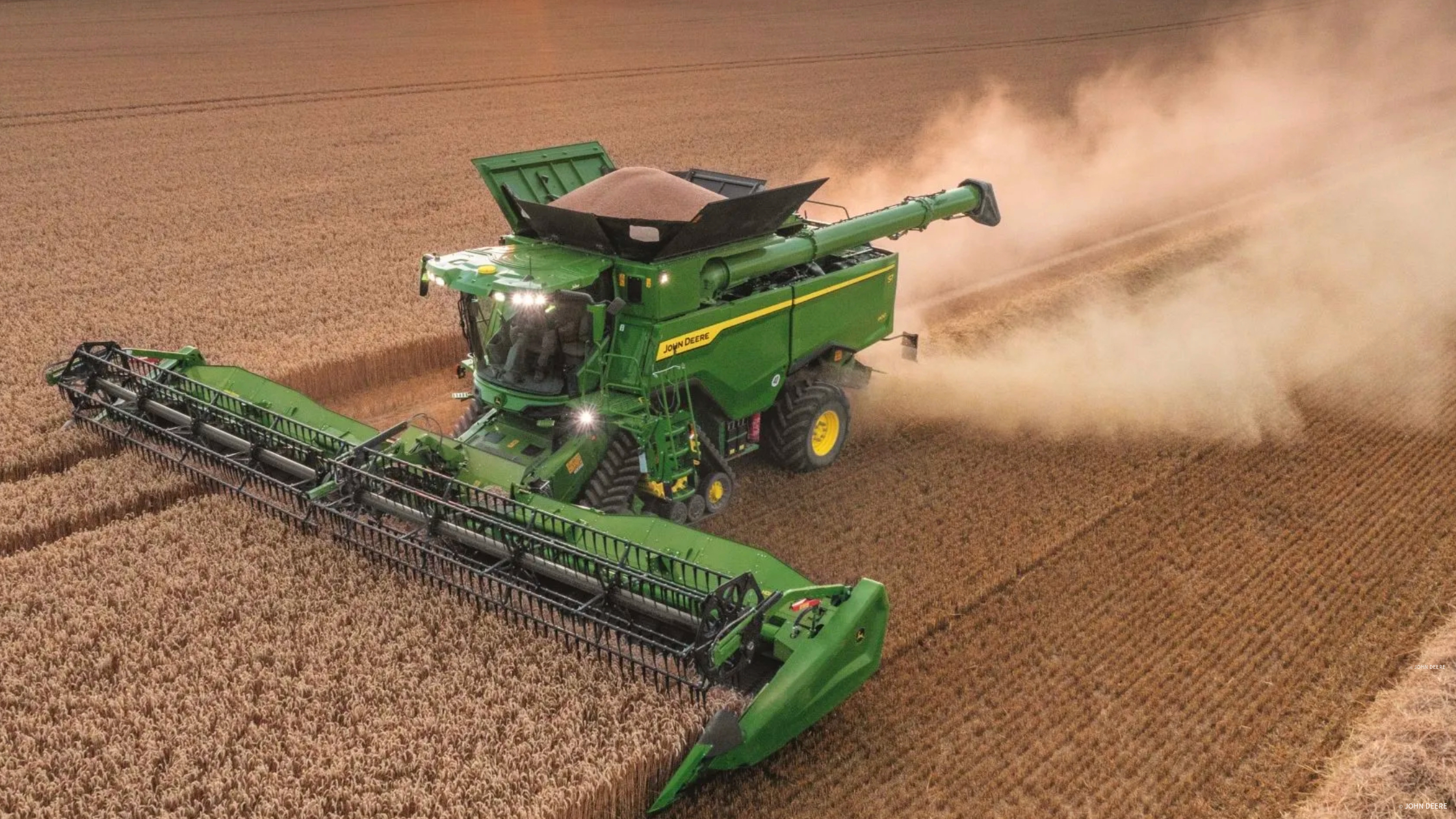
Grain Head - Auger Style
Auger headers are equipped with a large horizontal auger that guides the crop to the center of the header, helping feed it smoothly into the combine. The auger style headers use an auger to move the grain from the sickle bar and into the combine. However it can tend to bunch in tough conditions.
Also works with: Wheat, canola, and soybeans
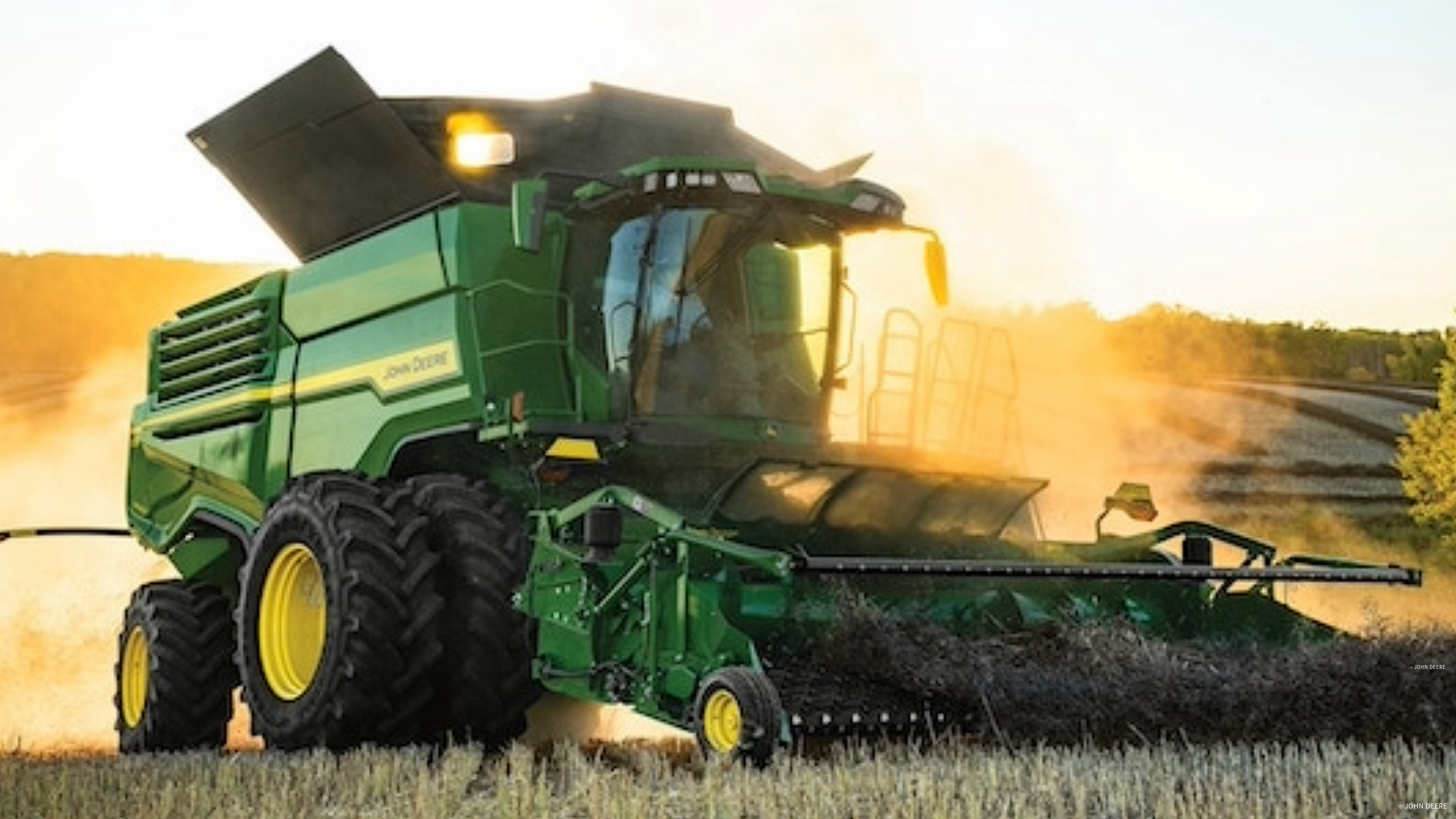
Grain Head - Pick-up Style
Pick-up headers gather crops that have already been windrowed. They use pick up teeth to lift the rows of crop and move it onto belts, feeding it into the auger. Many areas of the US have phased out of using this type of header because the rows are much thicker than they used to be, and if it rains after the grain has been swathed, it will ruin the crop.
Also works with: Wheat, barley, and canola
Essential Header Parts & Maintenance Tips for Peak Performance
In this guide, you’ll find practical maintenance tips to keep every header component running smoothly and help you achieve peak performance throughout the season.
Cornhead
Gathering chains are responsible for pulling corn stalks into the machine. Over time, these chains can wear down, leading to inefficiencies in feeding the crop.
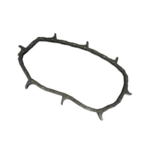
Maintenance Tip:
Check the tension and condition of gathering chains regularly. Replace any that are stretched or worn, and lubricate them to prevent rust.
regulate the flow of stalks into the snapping rolls. If they are worn or improperly adjusted, they can cause excess plant material to enter the combine, resulting in kernel loss.
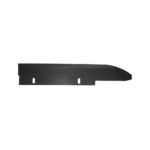
Maintenance Tip:
Check the tension and condition of gathering chains regularly. Replace any that are stretched or worn, and lubricate them to prevent rust.
Snapping rolls pull down the corn stalks and strip off the ears. Worn snapping rolls can cause blockages, slowing down the harvest.
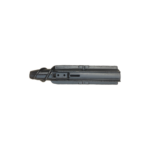
Maintenance Tip
Check the snapping rolls at the start of the season and after heavy use. If they appear rounded or aren’t gripping effectively, it’s time to replace them.
Optimize Your Cornhead with the Yetter 5000 Stalk Devastator
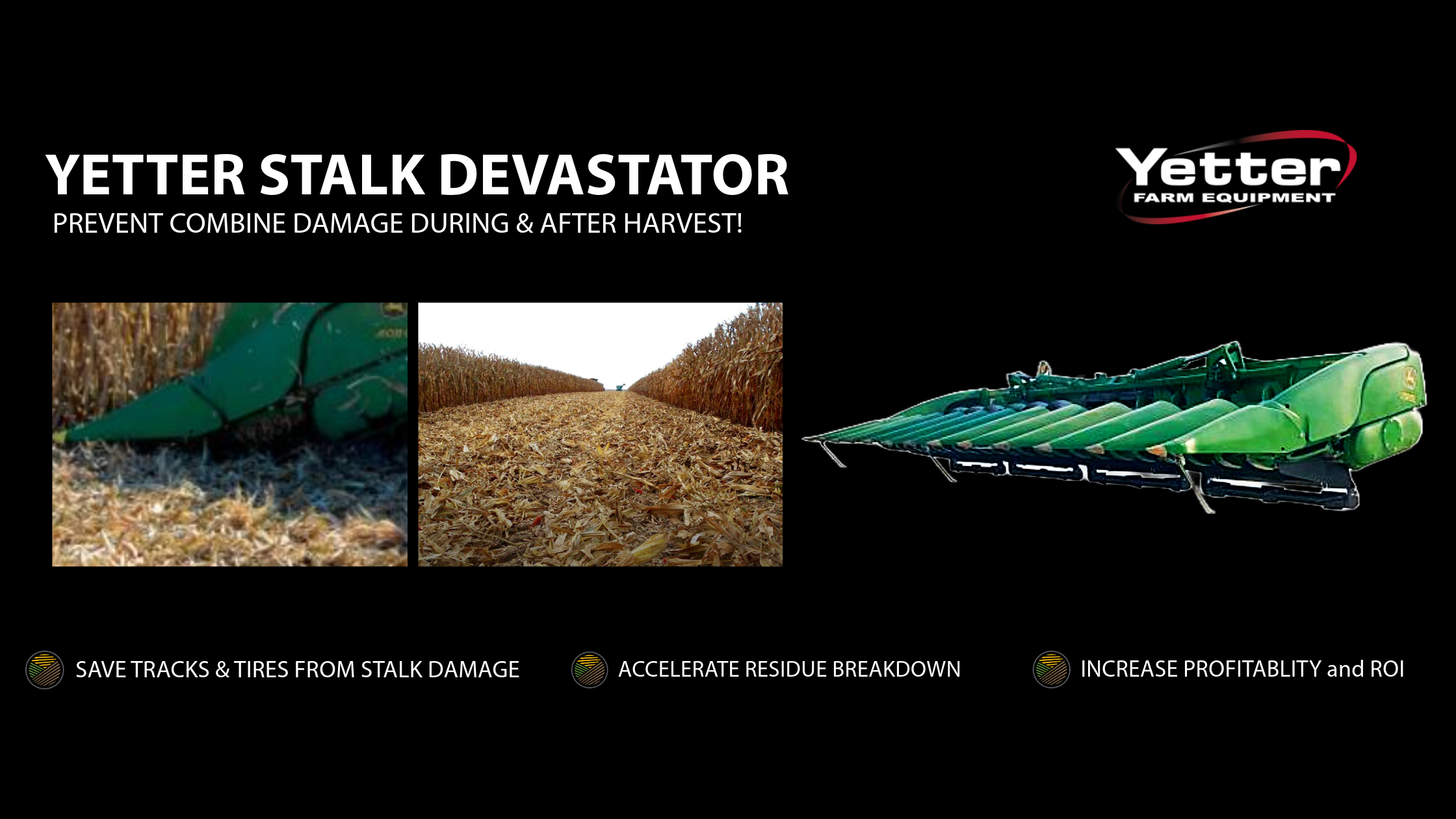
Designed specifically for corn heads, the Yetter Stalk Devastator flattens crop residue to protect tires and tracks from damage, reducing the risk of costly repairs.
By removing sharp stalks that can puncture tires, it extends equipment life and boosts field efficiency. Crushing corn residue also accelerates decomposition, improving field prep for the next season.
The Devastator also enhances your harvesting speed without compromising residue breakdown control, allowing you to cover more acres quickly. This cost-effective tool saves money on field prep and equipment maintenance, making it a smart investment for every harvest.
For more information, call us at 585-270-8047 or e-mail support@rangelinegroup.com and we will be happy to assist you!
Grainhead
The cutter bar’s knives and sickle sections are designed to make the first cut on the crop. If these parts are not sharp or are damaged, you’ll experience uneven cuts, which can hinder your harvesting efficiency.
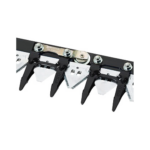
Maintenance Tip:
Inspect divider plates for cracks and ensure they are aligned correctly. Replace any damaged plates to avoid blockages.
Reel fingers guide the cut crop into the auger. Missing or bent reel fingers can lead to poor feeding and slow down your harvest.
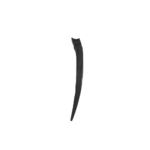
Maintenance Tip:
Check reel fingers daily while harvesting. Replace any missing or damaged fingers to maintain a smooth crop flow.
Divider plates
Divider plates guide the crop to the cutter bar and help separate it from any lodged material.
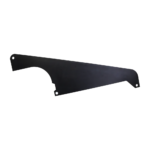
Maintenance Tip:
Inspect divider plates for cracks and ensure they are aligned correctly. Replace any damaged plates to avoid blockages.
Pick-up Header
Pickup reel
The pickup reel helps lift the crop off the ground and feed it into the combine. If the reel is damaged or misaligned, it can lead to poor crop pickup and potential loss.
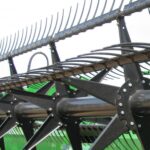
Maintenance Tip:
Regularly inspect the reel to ensure it is properly aligned and adjust the speed as needed for optimal performance.
Pick-up header belt
The header belt drives the pickup reel and auger. If it becomes worn or stretched, it can cause crop slippage.
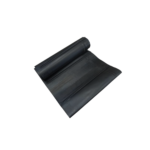
Maintenance Tip:
Inspect the belt if it shows signs of stretching or cracking. Ensure proper tension to avoid slipping.
Auger header
Auger flighting
Auger flighting helps move the crop through the auger. A worn out auger flighting can cause uneven crop flow.
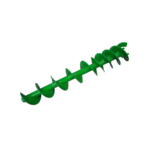
Maintenance Tip:
Inspect the flighting for signs of damage. Replace any sections that are excessively worn to maintain smooth operation.
Conveyor belt
Conveyor belt moves the harvested crop to the auger. A damaged belt can disrupt the flow of crop material.
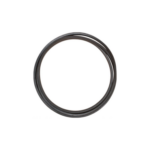
Maintenance Tip:
Regularly replace any damaged belts to ensure proper tension to avoid slipping.
Feederhouse chain
The feederhouse chain moves the crop from the header to the combine’s main harvesting mechanism. If the chain is worn, it can affect the efficiency of crop transfer.
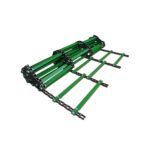
Maintenance Tip:
Inspect the feederhouse chain for wear and adjust the tension as needed. Replace any links that are damaged or excessively worn.
Keep Your Headers in Top Shape with RangeLine Group
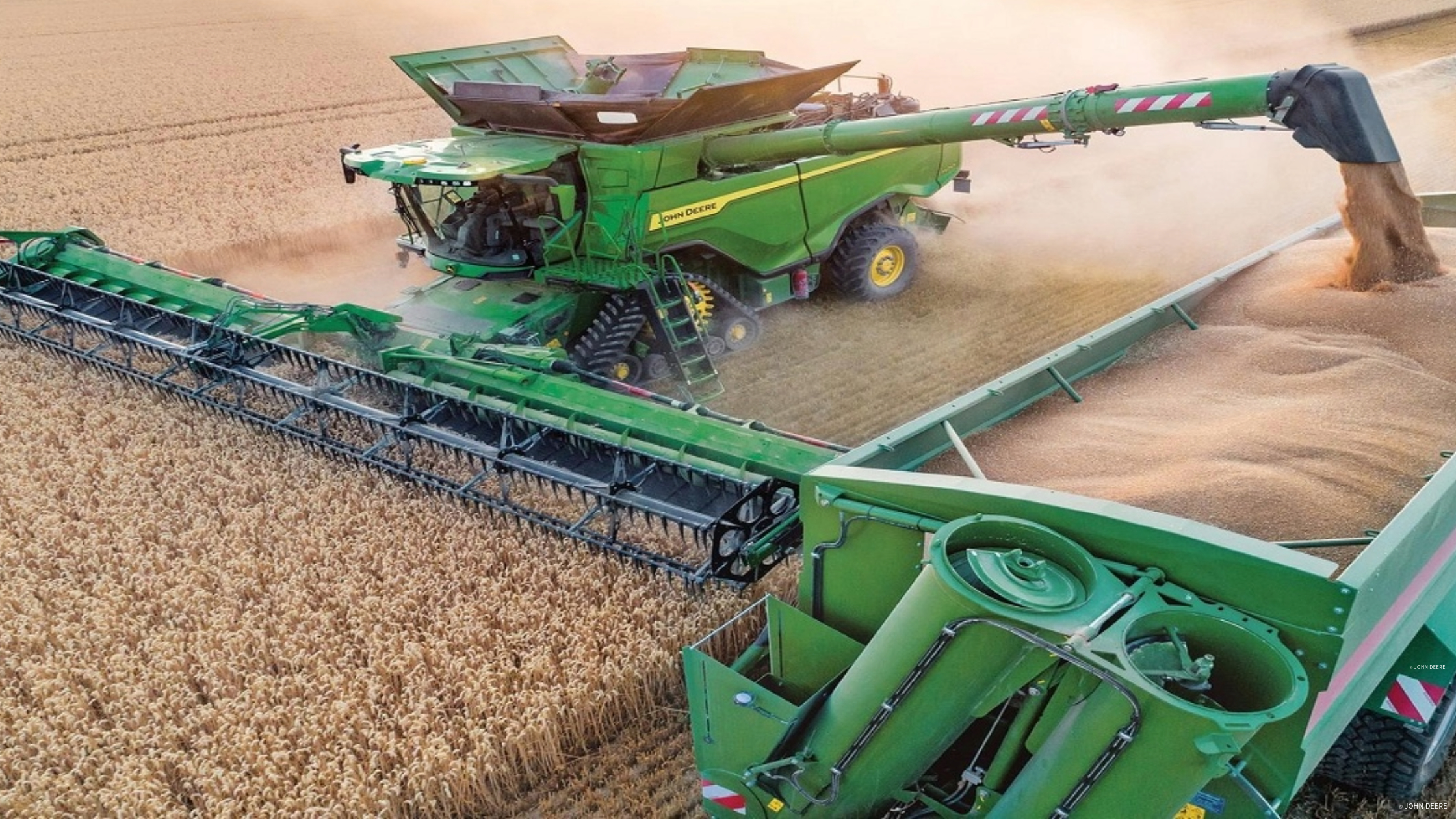
At the end of the day, your combine headers are only as good as their parts. By keeping up with regular maintenance and replacing worn components before they fail, you can ensure a smooth, efficient harvest.
Whether you need gathering chains, knife sections, draper belts, or skid shoes, RangeLine Group has everything you need to keep your headers performing their best.
Visit www.rangelinegroup.com to browse our selection of header parts, or email us at support@rangelinegroup.com to request a catalog.


